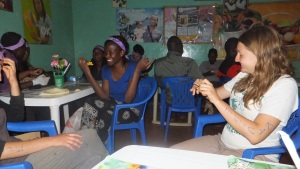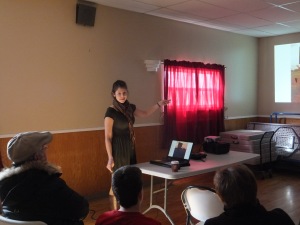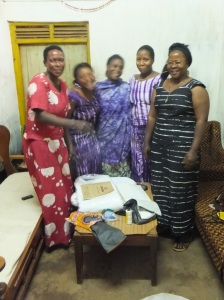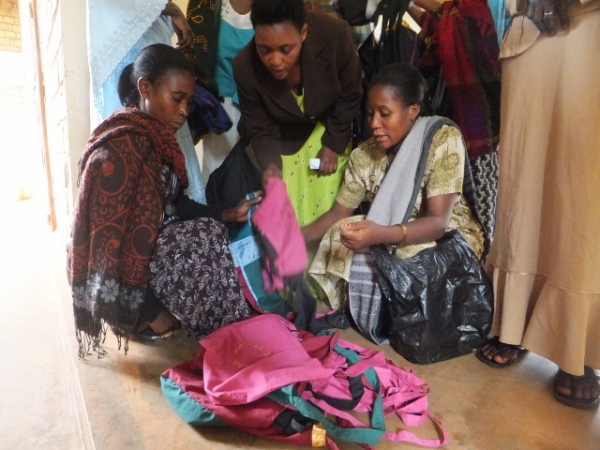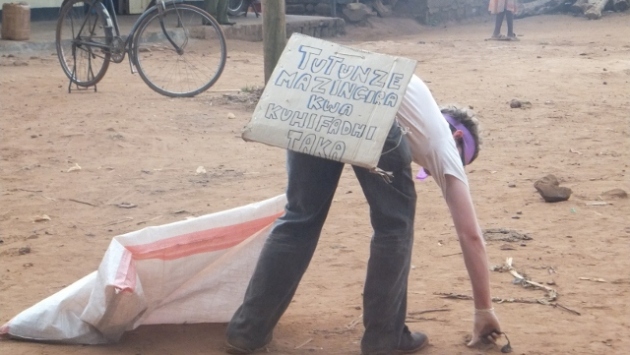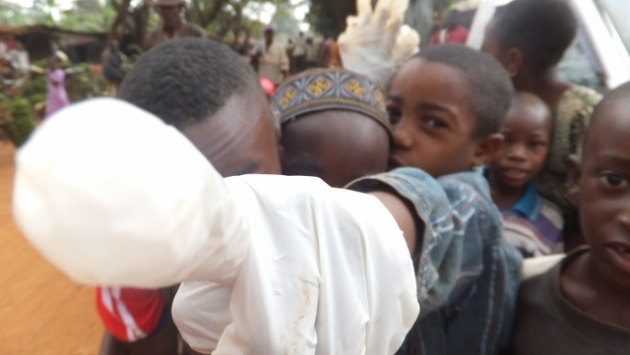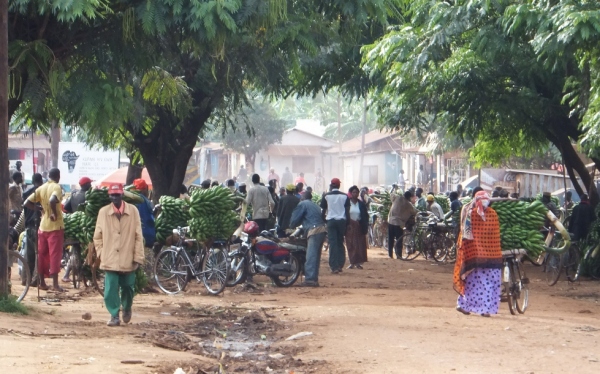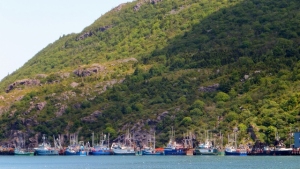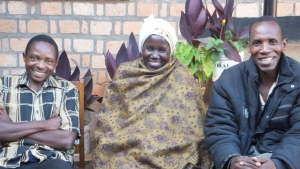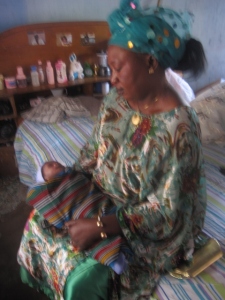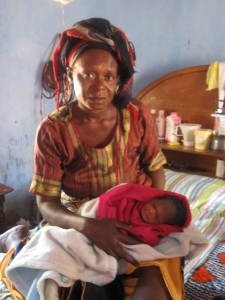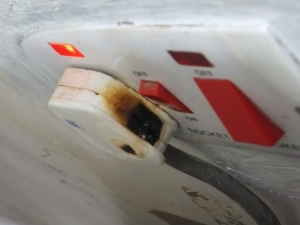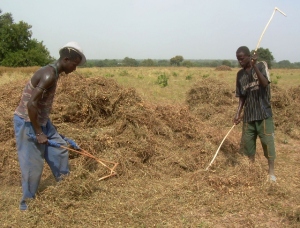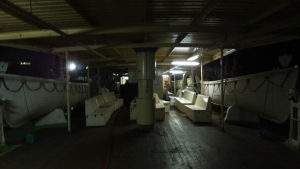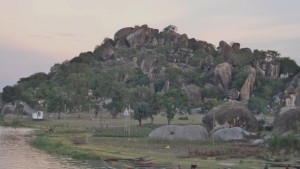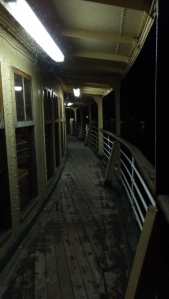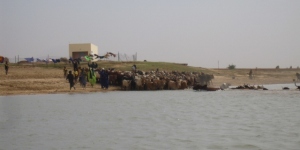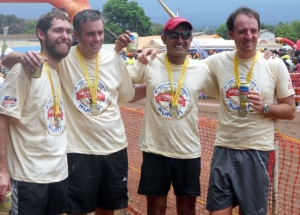A slightly shorter version of this article appeared in the Cuso International blog and in the Atlantic Council for International Cooperation (ACIC) newsletter.
In my third year of university I remember coming to a realisation: there is no point in doing work you are qualified for without getting paid. I proclaimed that I would never do such a thing again. It was later that year that I began to recognize apathy as something harmful.
Seven years later: In January 2013 I returned from Tanzania, having spent 16 months as a Cuso International volunteer. I wasn’t sold on the volunteer experience when I applied; I was unemployed, and the position in Tanzania was perfect for my skill set. It turns out that I was fairly well suited to the position, as well. In non-profit settings it pays to be outgoing and speak for your cause, so, I took up the cause of my placement organisation, Kamachumu Vision for Poverty Eradication (KAVIPE). A tiny grassroots farmers’ group in the far North-West corner of the country, they had gotten a Cuso volunteer (me) by their sheer determination. Together we sought out opportunities and finally the right one came along: the UK’s International Citizen Service, partnered with VSO Tanzania (Cuso’s Tanzanian placement partner), wanted to place 40 youth volunteers in my region. I spoke up and my organisation suddenly had 20 volunteers. Arriving in two weeks.
When the first cycle of youth volunteers, 10 from the UK and 10 from Tanzania, all under the age of 25, arrived, the community of Kamachumu was skeptical. They thought the youth were there to discourage Islam, or promote Western “values” (like promiscuity). The idea that young people would be working at very little benefit to themselves (namely, for the work experience) to help the community, was not understood. But the message rang through loud and clear over the first cycle’s three-month stay, and then through the second cycle. All of a sudden I wasn’t the only white person in town, and I had 20 dynamic, energetic, incredibly willing people to work on issues I’d seen over and over again in the previous 8 months. Ideas flew around and I discovered that working with people in their first overseas development experience was not only enjoyable, it was inspiring. The model worked brilliantly. My long-term placement with the organisation gave me considerable insight and let the ICS volunteers hit the ground running; their youth galvanised the projects and the town – volunteers from the community starting springing out of the woodwork, of all ages and experience levels.
The people of Kamachumu began to change their views on volunteering, to allow that it can be a positive thing – something not about making money, as it is often perceived in Tanzania. An allowance or a stipend is just as good as a salary when you don’t have any income. People wanted to work with the ICS volunteers when they saw them working full time for a tiny allowance. When they saw the wazungu (white people) working in close partnership with the Tanzanian youth. When they found they could speak to the volunteers in the local language, when they could come to them with their problems, when they could laugh and learn with them. Among many other things, the ICS volunteers worked with children in schools on gender issues, started a women’s soccer league, brought people living with HIV together to discuss stigma and quality of life, started a weekly Farmer’s Forum and offered pigs on loan – a new livelihoods project for Kamachumu women and youth. It was an international group in a local, rural setting, and a glowing example of development work that really works. The program continues into its third cycle in Kamachumu this July – both the town and KAVIPE have evolved, due to volunteering.
Upon returning to Canada I have set up residence just outside St. John’s, NL – further away from my hometown of Dartmouth, NS, than it felt from East Africa. The challenge of a new place, I have learned, is best conquered by volunteering, and volunteer I will. Last week I spoke to a class at Memorial University about livelihoods and farming in Tanzania. I have been in touch with the Food Security Network and I will be promoting Cuso at events in St John’s and Conception Bay South in March. It’s a good thing I didn’t stick to my third-year pronouncement. I would really be missing out. [That being said it would also be nice to be able to feed myself, which is why I’m applying for jobs].




